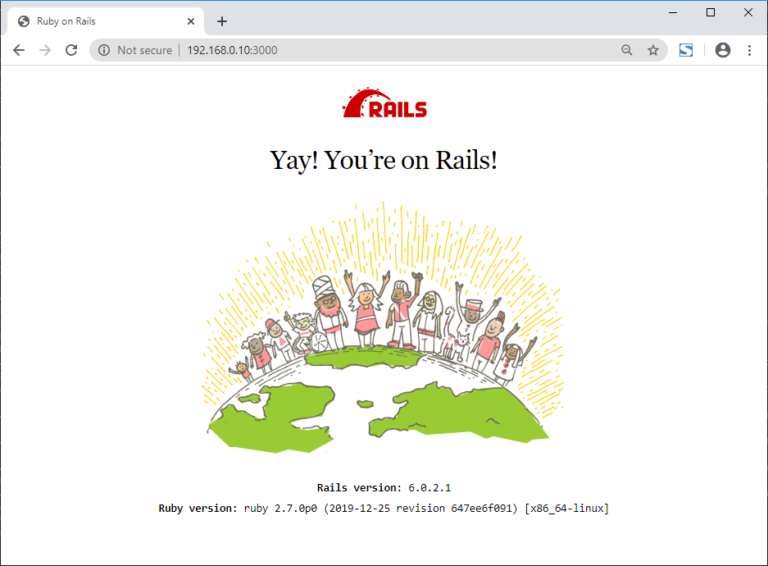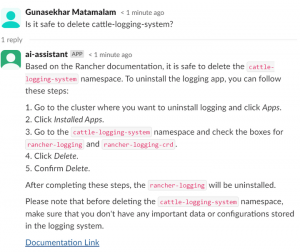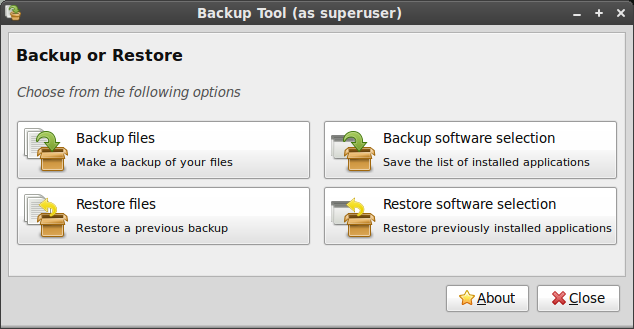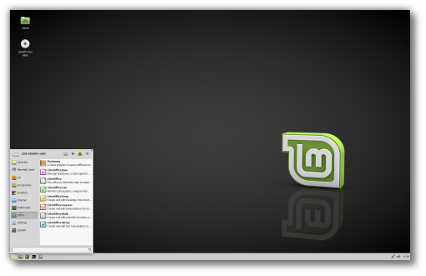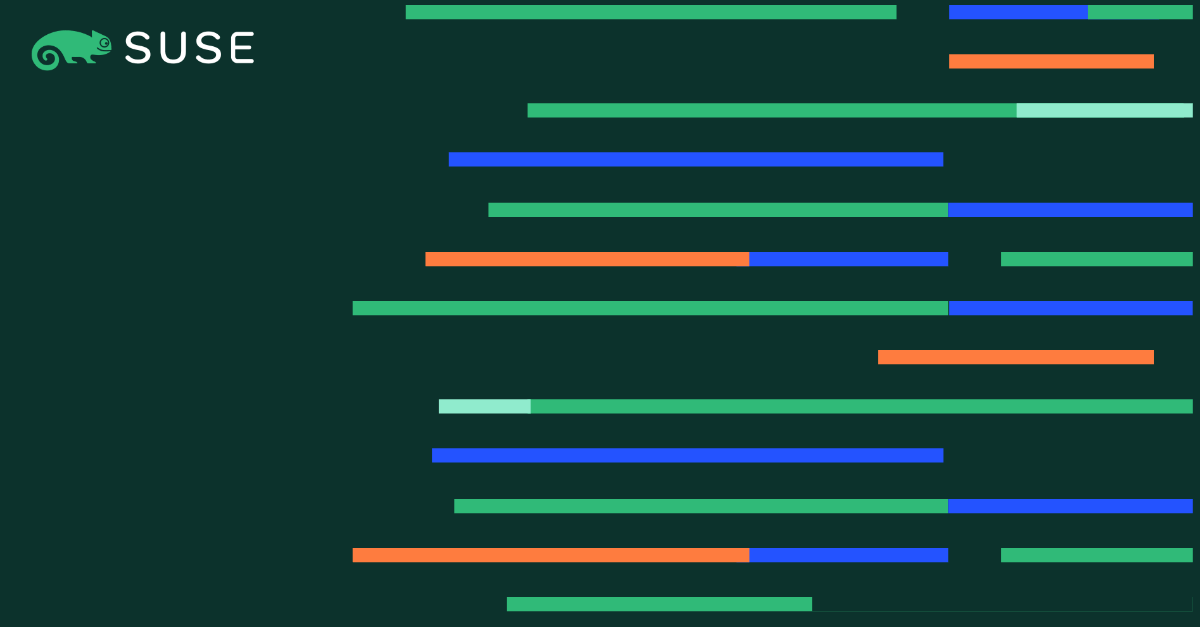
Hybrid cloud observability is the key to unlocking clarity in a world where systems are spread across clouds, data centers and everywhere in between. As IT environments grow more complex and dynamic, traditional monitoring just can’t keep up. Organizations need real-time, end-to-end visibility to detect issues fast, optimize performance and stay ahead of disruptions. In this blog, we’ll explore what hybrid cloud observability is, its benefits and challenges and what the future looks like for this concept.
Defining hybrid cloud observability
Contents
- 1 Defining hybrid cloud observability
- 2 Top 4 Challenges in Hybrid Cloud Monitoring (and How to Solve Them)
- 3 How Hybrid Cloud Observability Tools Deliver Unified Visibility in 3 Steps
- 4 The benefits of successful hybrid cloud monitoring
- 5 Selecting a hybrid cloud observability tool that works for you
- 6 Hybrid cloud observability best practices
- 7 The future of hybrid cloud observability
- 8 Hybrid cloud observability is needed more than ever
- 9 Hybrid cloud observability FAQs
The hybrid cloud is an IT approach that combines public cloud, private cloud and on-premises infrastructure into a single, interconnected environment. This model allows organizations to choose where to run specific workloads based on cost, performance, security or compliance needs. With hybrid cloud, businesses can take advantage of the scalability and flexibility of the cloud while continuing to use their existing infrastructure for sensitive or legacy workloads. It offers a strategic balance between control and innovation, but also introduces new challenges in visibility and management — which hybrid cloud observability is designed to solve.
Hybrid cloud observability is the practice of gaining deep, end-to-end visibility into applications and infrastructure that span both on-premises systems and cloud environments. As more organizations adopt hybrid architectures, traditional monitoring tools fall short — often limited to isolated environments or unable to track modern, distributed workloads effectively. Hybrid cloud observability solves this by collecting and correlating data across all environments, providing a unified view of system health, performance and security. It helps teams understand how applications behave as they interact with services across public cloud, private cloud and on-premise environments.
Unlike basic monitoring, which typically tracks predefined metrics and alerts when thresholds are crossed, observability focuses on understanding the why behind issues. Hybrid cloud observability not only shows that something went wrong, but helps pinpoint the root cause across complex, interconnected systems, whether it’s a misconfigured container in the cloud or a network bottleneck in a local data center. By combining logs, metrics and traces into a single view, hybrid cloud observability empowers IT, DevOps and security teams to troubleshoot faster, optimize performance and make informed decisions across the entire hybrid ecosystem.
Top 4 Challenges in Hybrid Cloud Monitoring (and How to Solve Them)
As organizations adopt hybrid cloud strategies to combine the best of on-premises infrastructure and cloud services, traditional monitoring tools often struggle to keep up. Hybrid environments are inherently more complex, with distributed systems, multiple platforms and constantly changing workloads. Effective monitoring in this landscape requires more than just visibility — it demands real-time insights, cross-environment correlation and intelligent alerting. But achieving that level of awareness in a hybrid setup comes with several challenges that teams must overcome to keep their systems reliable, secure and performant.
1. Fragmented visibility across environments
One of the biggest challenges in hybrid cloud monitoring is the lack of unified visibility across all environments. Many organizations rely on a mix of monitoring tools (one for cloud workloads, another for on-premise systems, etc.), which leads to siloed data and incomplete context. This fragmentation makes it difficult for teams to see how issues in one part of the system might impact another. Without a consolidated view, it’s harder to detect anomalies, spot performance trends or respond to problems before they escalate.
2. Difficulty determining the root cause of issues
In a hybrid cloud, pinpointing the root cause of performance issues or outages is far more complex than in a single-environment setup. Workloads may span multiple services, APIs and platforms, each generating its own logs and metrics. When a failure occurs, it’s not always clear whether the problem lies with an application bug, a network misconfiguration, a resource constraint or something else entirely. Without deep observability and the ability to correlate telemetry across environments, root cause analysis becomes time-consuming and often inconclusive.
3. Adapting to dynamic, constantly changing infrastructure
Hybrid cloud environments are highly dynamic. Resources are spun up and torn down automatically, containers are deployed across clusters and services scale up or down based on demand. This fluidity makes static monitoring configurations obsolete. Traditional monitoring systems that rely on predefined thresholds, fixed dashboards or manual configurations often can’t keep pace. As infrastructure changes, monitoring tools must dynamically adapt to maintain accurate, real-time insights, which is something many legacy systems aren’t designed to do.
4. Ensuring consistent performance and security
Monitoring in hybrid cloud environments must also account for both performance and security, across vastly different systems. Cloud platforms may have built-in monitoring, but on-premise infrastructure may require custom integrations. It’s difficult to maintain consistent alerting, logging and response protocols across such a diverse stack. Inconsistent monitoring coverage can lead to blind spots, delayed response times and increased risk — especially when compliance requirements or service-level agreements are on the line.
How Hybrid Cloud Observability Tools Deliver Unified Visibility in 3 Steps
Hybrid cloud observability tools are designed to provide unified, real-time insight into systems that span both on-premises and cloud environments. They work by collecting, analyzing and correlating data from across your entire hybrid infrastructure to give you a comprehensive view of system performance, behavior and health.
Step 1: Collecting Telemetry Data
The process typically begins with data collection. Observability tools gather three primary types of telemetry data (i.e., logs, metrics and traces) from various sources. This includes applications, containers, virtual machines, databases, network components and cloud services. In a hybrid cloud setup, data collectors are often deployed as lightweight agents, sidecars or integrations with APIs to pull information from across the stack. This includes:
- Applications
- Containers
- Virtual machines
- Databases
- Network components
- Public and private cloud services
In hybrid environments, data collectors are typically deployed as lightweight agents, sidecars, or API integrations that pull data from both local and remote systems. These collectors transmit telemetry to a central platform for analysis.
Step 2: Processing and Correlating Signals
Once collected, the observability platform uses analytics engines to correlate events, detect anomalies and visualize trends across environments. Advanced tools may apply machine learning or behavior modeling to detect issues proactively or alert teams to unusual patterns before they become problems. Because hybrid cloud environments are dynamic, these tools must adapt to constantly changing infrastructure, automatically recognizing new services, scaling workloads or shifting resource usage.
Step 3: Enabling Actionable Insights
Ultimately, hybrid cloud observability tools give DevOps, IT and security teams a unified view to monitor performance, troubleshoot issues and optimize applications regardless of where they’re running. This visibility is essential for maintaining reliability, security and efficiency across increasingly complex hybrid ecosystems.
The benefits of successful hybrid cloud monitoring
Effective hybrid cloud monitoring gives organizations the visibility and control they need to operate confidently across both on-premises and cloud environments. With the right tools and strategy in place, monitoring becomes more than just alerting; it becomes a driver of performance, reliability and smarter decision-making. Here are some of the top benefits of successful hybrid cloud monitoring:
- Gain a unified view of your entire infrastructure, no matter where workloads are running.
- Identify and resolve issues faster with correlated data across environments.
- Detect anomalies early and prevent outages before they impact users.
- Monitor performance to optimize resource usage and reduce cloud costs.
- Track access and maintain audit trails to support security and compliance.
- Improve collaboration with shared, real-time visibility for IT, DevOps and security teams.
- Scale confidently while maintaining performance and control.
Selecting a hybrid cloud observability tool that works for you
Selecting a hybrid cloud observability tool that works for your organization starts with understanding your environment and goals. With workloads spanning on-premises infrastructure, public cloud services and containerized applications, you need a tool that offers unified visibility across all systems without adding complexity or overhead. The right observability platform should provide seamless data collection, real-time correlation of logs, metrics and traces, and automated insights that help teams detect, investigate and resolve issues quickly.
Essential hybrid cloud observability tool elements
If you’re looking for a hybrid cloud observability tool, there are some must-have elements to keep an eye out for. Without these essential features, your organization won’t be competitive and you won’t get as much value out of the platform. Key features to look for in a hybrid cloud observability tool include:
- Support for multi-cloud and on-premises environments
- Integrations with existing DevOps, CI/CD and ITSM tools
- Real-time correlation of logs, metrics and traces
- Intelligent alerting and noise reduction
- Scalable architecture that grows with your infrastructure
- Customizable dashboards and flexible visualization options
- Role-based access control and team-level permissions
- Built-in anomaly detection and machine learning insights
- Security and compliance monitoring alongside performance metrics
Choosing a tool with these capabilities helps ensure your team can confidently monitor, troubleshoot and optimize across the full hybrid cloud stack.
Hybrid cloud observability best practices
A foundational best practice for hybrid cloud observability is ensuring comprehensive and consistent data collection across all environments. This includes capturing logs, metrics and traces from both cloud-native workloads and on-premises systems. Without consistent telemetry, teams lack the visibility needed to diagnose performance issues or detect abnormal behavior. Instrumentation should be applied uniformly across services to avoid blind spots, and all observability data should be sent to a centralized platform that can correlate it in real time. A fragmented or inconsistent approach to data collection leads to incomplete insights and slower troubleshooting, especially when systems are distributed across hybrid infrastructure.
Another key practice is to standardize observability tools and processes across teams and environments. Hybrid cloud setups often involve multiple platforms, tools and services, which can lead to inconsistent monitoring and siloed data. By unifying observability under a single platform or set of integrated tools, organizations create a shared source of truth that promotes collaboration between IT, DevOps and security teams. Establishing consistent naming conventions, tagging strategies and alerting rules across all environments helps simplify dashboarding, incident response and reporting. This standardization not only improves operational efficiency but also helps reduce cognitive load when responding to issues.
Proactive alerting and automation are also essential to maintaining observability in dynamic hybrid environments. Static thresholds and manual monitoring quickly become outdated as workloads scale or shift. Instead, teams should implement intelligent alerting with dynamic baselines and anomaly detection to minimize false positives and identify true risks. Automated responses, such as triggering remediation scripts or routing incidents to the right team, can reduce response times and ensure problems are addressed before they impact users. Observability should also be embedded into CI/CD pipelines so that new deployments are automatically monitored and baseline behaviors are continuously updated.
Finally, observability should be treated as an ongoing discipline, not a one-time setup. Teams should regularly audit their observability coverage to ensure new services and infrastructure are being monitored appropriately. Dashboards should evolve as priorities shift, and alert thresholds should be fine-tuned based on real-world usage and historical trends. Training and documentation are also important to help teams use observability tools effectively and interpret data correctly. By making observability a continuous, adaptive practice, organizations can better navigate the complexity of hybrid cloud environments and build more resilient, high-performing systems.
The future of hybrid cloud observability
As organizations continue to embrace hybrid cloud architectures, observability will play an even more critical role in ensuring reliability and control. Looking ahead, hybrid cloud observability will be shaped by a range of trends. Here’s what we predict the future of hybrid cloud observability will look like.
AI and machine learning will drive smarter observability
Artificial intelligence and machine learning are already starting to transform observability, and their role will only grow. These technologies will move beyond basic anomaly detection to offer predictive insights, intelligent root cause analysis and automated responses to incidents. By learning from historical patterns and real-time telemetry, AI/ML will help teams detect subtle issues before they escalate, reduce alert fatigue and make more informed operational decisions. As data volumes grow and environments change faster than humans can track, AI will become essential to keeping observability relevant and actionable.
Hybrid environments will become more complex to monitor
As businesses continue to mix public cloud, private cloud, edge computing and on-premises systems, observability will need to adapt to increasing architectural complexity. Workloads are no longer static or confined to one platform — they shift dynamically, scale instantly and span geographic boundaries. This makes it harder to gain a single view of system health without sophisticated observability tools. Future observability platforms will need to support more integrations, better auto-discovery and tighter data correlation to keep up with sprawling hybrid infrastructures.
Observability will converge with security
As threat surfaces expand across hybrid environments, observability and security will increasingly merge. The same telemetry used to track performance will also provide valuable context for detecting and responding to security threats. We’ll see more platforms offering integrated views that combine health metrics, user behavior analytics and real-time threat detection. This convergence will help teams break down silos between DevOps and SecOps, enabling faster response to both operational and security incidents.
User-centric observability will become a priority
The future of hybrid cloud observability won’t just focus on infrastructure and backend systems — it will place greater emphasis on the end-user experience. Observability platforms will increasingly measure application performance from the user’s perspective, helping teams understand how real customers are affected by latency, errors or degraded services. By tying system metrics directly to user impact, businesses can prioritize the issues that matter most and drive continuous improvements in digital experience.
Hybrid cloud observability is needed more than ever
Hybrid cloud observability is no longer a nice-to-have — it’s a must-have for organizations operating across modern, distributed environments. As they become more complex and business demands accelerate, having deep, unified visibility across cloud and on-premise infrastructure is essential for maintaining performance, security and reliability. By adopting the right tools, embracing best practices and preparing for future trends like AI-driven insights and security convergence, businesses can gain the clarity they need to operate with confidence in any environment.
SUSE supports hybrid cloud observability by providing open, flexible solutions that help organizations gain visibility across complex, distributed environments. Tools like SUSE Cloud Observability ensure optimal performance, enhanced security and streamlined operations. Learn more about SUSE Cloud Observability today. If you would like to see how hybrid cloud observability works in your own environment, sign up for a 30-day free trial on the AWS Marketplace.
Hybrid cloud observability FAQs
Have more questions about hybrid cloud observability? Here’s the TL;DR version of some of the most commonly asked questions.
What is hybrid cloud observability?
Hybrid cloud observability is the ability to gain unified, real-time insight into applications, services and infrastructure that span both on-premises and cloud environments. It involves collecting and correlating logs, metrics and traces across diverse platforms to monitor system health, performance and security. Unlike traditional monitoring, which often operates in silos, hybrid cloud observability provides a holistic view of distributed environments, enabling faster troubleshooting, better resource optimization and improved operational resilience across the full hybrid architecture.
Why is hybrid cloud observability so important?
Hybrid cloud observability is essential because modern applications are increasingly complex, distributed and dynamic. With workloads running across public cloud, private cloud and on-prem systems, organizations need a clear, connected view of everything happening in their environment. Observability helps teams detect issues early, understand the root cause of failures and maintain performance as infrastructure shifts or scales. Without it, businesses risk downtime, blind spots and inefficient troubleshooting, all of which can slow innovation and impact customer experience.
What are the four golden signals of observability?
The four golden signals of observability are latency, traffic, errors and saturation. Latency measures how long it takes to process a request, helping identify delays or bottlenecks. Traffic refers to the volume of requests or load on a system, which can reveal usage patterns or scaling needs. Errors track failed requests or system faults that may affect reliability. Saturation indicates how close a resource is to its maximum capacity, helping teams prevent overload and maintain consistent performance. Together, these signals provide a focused, high-impact framework for monitoring the health of complex systems.
(Visited 1 times, 1 visits today)

